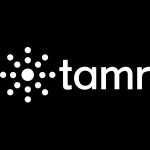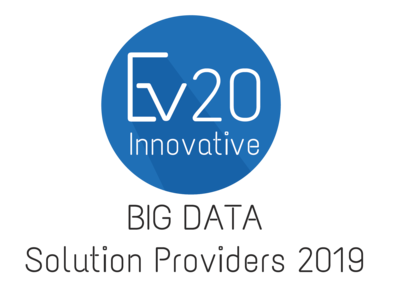Data unification is a huge unsolved problem for most large enterprises. Traditional data integration approaches are based on hard-coded, deterministic rules coded by developers who rarely have a deep understanding of what the data represents. As a result, the approaches (often referred to as ETL — extract, transform, load) are expensive and time-consuming to implement, error-prone, and rarely scale beyond a handful of data sources. In the era of Big Data — where the variety, volume, and velocity of data are exploding — this traditional approach is increasingly unworkable. Understanding this fatal flaw of traditional data integration, Tamr’s data unification platform combines breakthroughs in machine learning with a method of efficiently capturing human insight and applying it to the difficult challenge of data unification. Tamr is the enterprise-scale data unification company that began as a research project at Turing Award winner Dr. Mike Stonebraker’s MIT research lab in CSAIL (Computer Science and Artificial Intelligence Lab) in 2012. Tamr launched itself publicly in 2013 and is transforming how companies get value from their data.
The firm’s data unification platform combines breakthroughs in machine learning with a method of efficiently capturing human insight and applying it to the difficult challenge of data unification. The broad patent granted in January 2017 confirms the uniqueness of the company’s product. Unlike today’s self-service data preparation tools and traditional ELT data integration products, Tamr can clean and unify data across hundreds or even thousands of sources — and get smarter and more precise over time. In 2016, the company added proven big data technologies like HDFS, Spark, ElasticSearch, and Mesos into its core architecture to enhance the performance and scalability of the platform dramatically.
Further, Tamr’s flagship product delivers clean, curated data critical for businesses to optimize critical decisions. Tamr’s unique machine-driven plus human-guided solution automates the mastering and organization of enterprise-wide data (suppliers, customers, products, transactions, etc.), enabling previously unattainable cost and revenue analytics. Tamr also works with Global 2000 companies like Amgen, GE, GlaxoSmithKline, Thomson Reuters, and Toyota to help fuel transformational analytics.
Appreciating the solutions and products delivered by Tamr, Tim Baker, Global Head of New Content Initiatives of Thomson Reuters says, “Tamr’s novel integration platform enabled us to expedite our own entity integration efforts by several months while reducing the manual effort by over 40 percent – a substantial achievement.” Besides, Emily Galt, VP Product Management at General Electric happy with the solutions delivered by Tamr said, ““We were able to unlock about $80M of insights the first year we engaged with [Tamr], and this year [2016] we’re enabling about half a percent of deflation on our $60Bn supply. The work we’ve done [with Tamr] has gotten visibility at the highest levels of GE.”
Recognizing that the key factor for success in the relationship with customers is driving results, the firm leverages talented services organization to make sure our customers are successful and getting results. Currently, Tamar’s focus is on building data pipelines that service real uses cases. And in the next five to ten years, Tamr will be a core component of a company’s DataOps (Data Operations) infrastructure; which will be the data engineering pipelines which allow the creation of production-ready data to many users for many analytical uses cases, using data from across the enterprise. Its software will enable enterprises to create unified data hubs which are the system for accessing relevant data about an entity-like Google search for enterprise data. “Tamr’s secret sauce is its machine-driven, expert-guided process, in which machine learning algorithms organize and classify the data while subject-matter experts annotate data elements,” concludes Andy Palmer, Founding CEO, Tamr.












